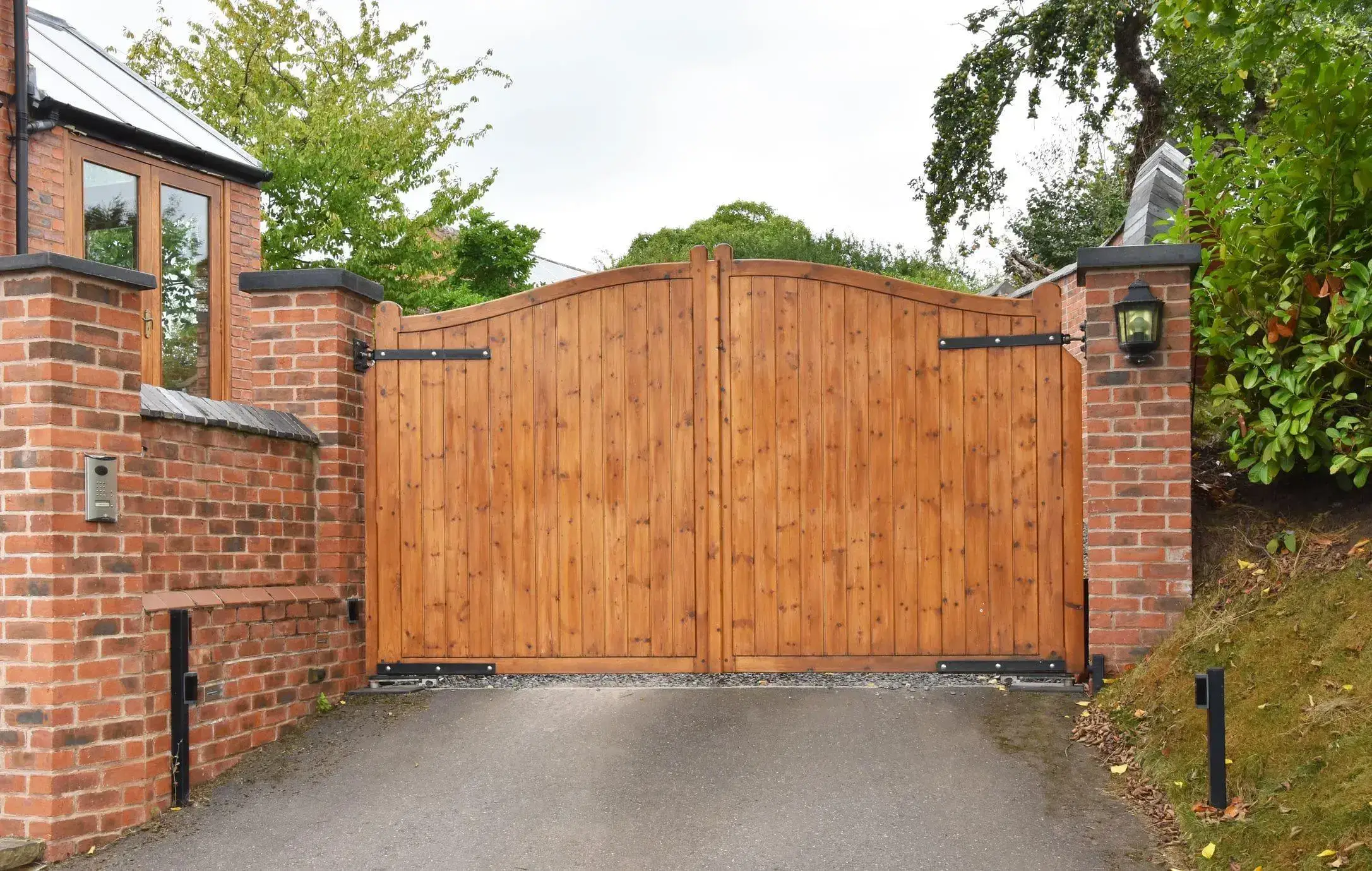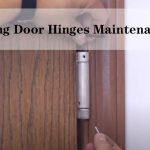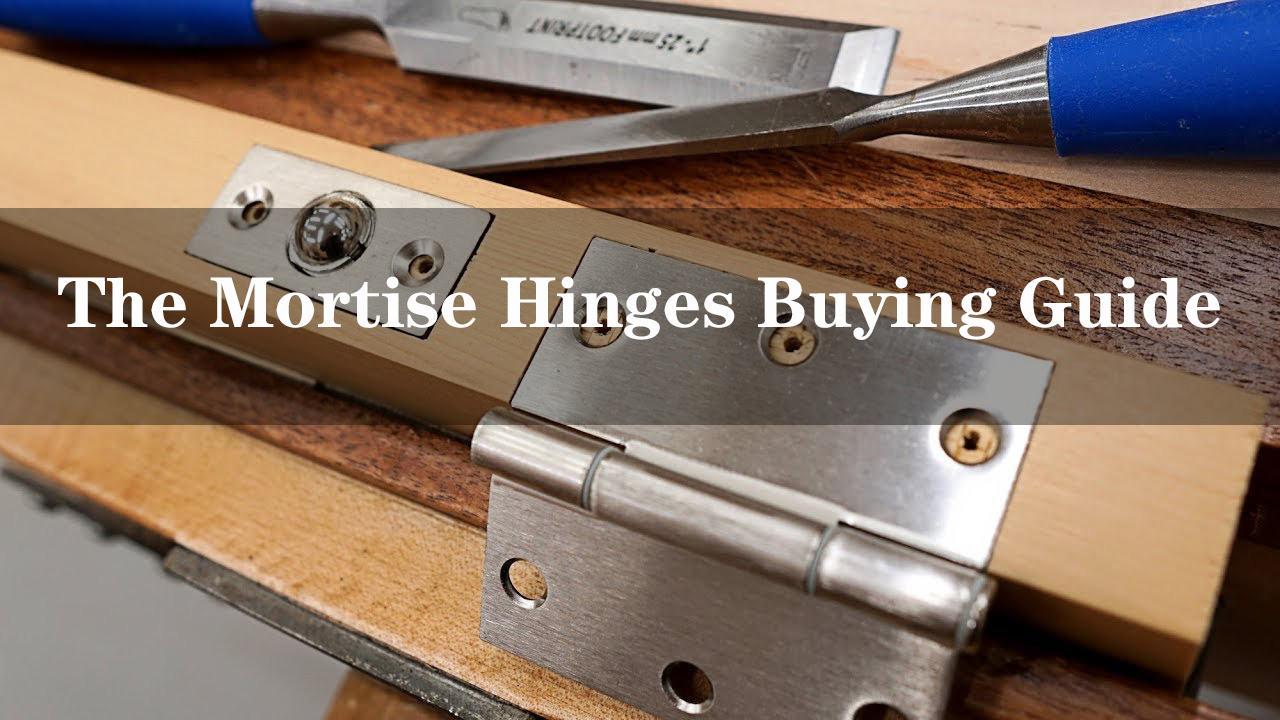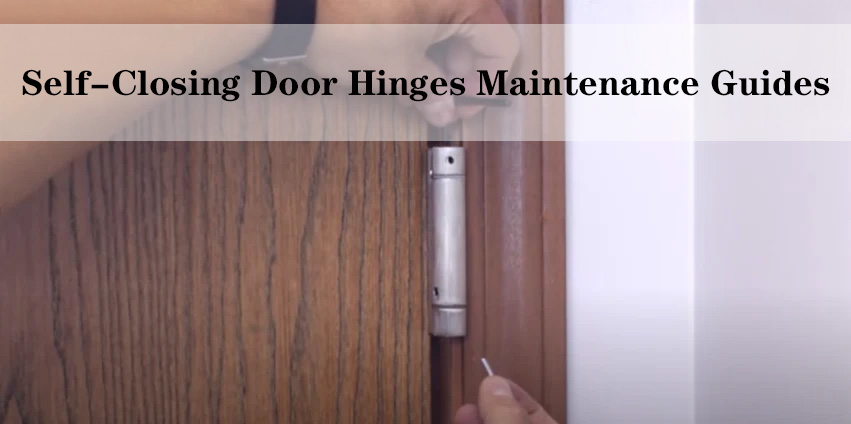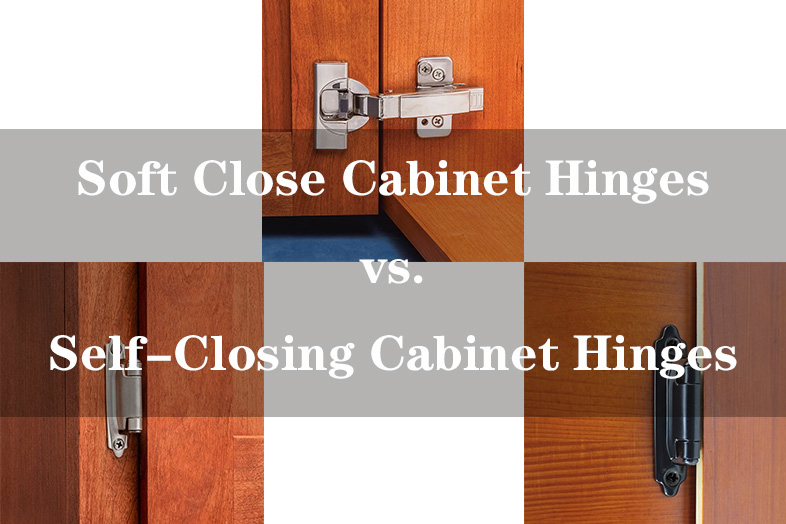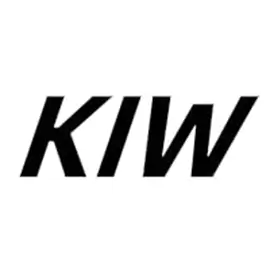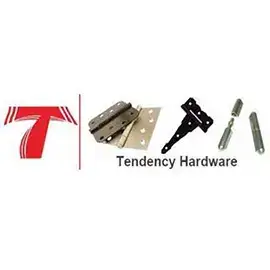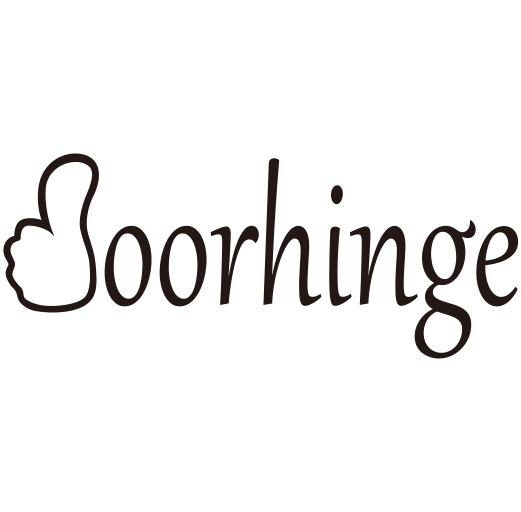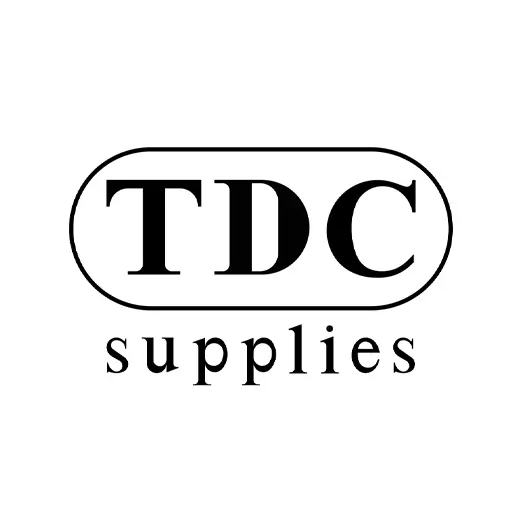Have you ever left a door unintentionally open, compromising your home’s safety, or found yourself juggling groceries while trying to shut a door? These everyday frustrations highlight a small but significant aspect of our daily lives: the functionality of door hinges. In the realm of home safety and convenience, one innovation stands out – self-closing door hinges. These ingenious devices ensure that doors close automatically behind you, offering not only an extra layer of security but also enhancing energy efficiency and providing peace of mind.
Self-closing door hinges are more than just a convenience; they are a subtle yet powerful addition to any home or office setup. Whether it’s keeping your children safe, ensuring privacy, or maintaining consistent room temperatures, these hinges play a pivotal role. They close doors gently and quietly, eliminating the need for those last-minute checks at night or the loud bangs of doors slamming shut. From keeping pets contained in a specific area to maintaining a barrier against drafts, the benefits are as varied as they are vital.
In this comprehensive guide, we delve into the world of self-closing door hinges. Our aim is to arm you with all the essential information needed to make an informed decision when purchasing these innovative fixtures. We’ll explore the different types available, key features to consider, installation tips, and much more. Whether you’re a seasoned DIY enthusiast, a professional installer, or simply someone looking to upgrade your home’s hardware, this guide will provide the insights and knowledge you need to choose the right self-closing door hinges for your specific requirements.
So, let’s embark on this journey to discover how the right self-closing door hinges can not only ease your daily life but also add a touch of sophistication and functionality to your living space.
What Are Self-Closing Door Hinges?
Self-closing door hinges, as the name suggests, are hinges designed to close a door automatically after it has been opened. These hinges contain an internal mechanism – typically a spring or a hydraulic system – that applies a gentle force to the door, guiding it back to its closed position. Unlike traditional hinges, which merely facilitate the opening and closing of doors without any control over their movement, self-closing hinges ensure that a door returns to the closed position every time it’s opened.
This automatic closing is achieved through a carefully calibrated mechanism within the hinge. In spring-loaded variants, a coiled spring is tensioned when the door is opened; this tension is then released as the door is closed, providing the necessary force to return the door to its closed state. Hydraulic models, on the other hand, use a fluid-filled chamber to control the door’s movement, offering a smoother, more controlled closing action.
Benefits
Increased Safety: One of the primary benefits of self-closing door hinges is enhanced safety. For families with young children or pets, these hinges are a game-changer. They ensure doors close automatically, preventing accidental injuries caused by doors left ajar or slamming shut. Moreover, they are essential in fire safety, as closed doors can significantly slow the spread of fire and smoke.
Energy Efficiency: These hinges contribute to energy efficiency in climate-controlled environments. By ensuring that doors remain closed, they maintain the integrity of a home’s thermal envelope, reducing the strain on heating and cooling systems. This not only conserves energy but also reduces utility bills.
Convenience:In high-traffic areas, or in situations where your hands are often full – like carrying laundry or groceries – self-closing door hinges add a layer of convenience. They eliminate the need to turn back and close doors manually, making everyday tasks a little easier.
Privacy: In office environments or residential settings, self-closing hinges help maintain privacy by ensuring that doors are not inadvertently left open.

Pest Control and Cleanliness: Doors that close automatically help in keeping pests out and maintaining cleanliness, especially in food storage and preparation areas.
Maintenance of Indoor Air Quality: Particularly in commercial settings, these hinges help in maintaining the balance of indoor air pressure and quality by keeping certain areas sealed off.
Different Types of Self-Closing Door Hinges
When selecting the perfect self-closing door hinge, understanding the various types available is crucial. Each type has unique features and benefits suited for specific applications and preferences.
Spring-Loaded Hinges

How They Work: Spring-loaded hinges are equipped with an internal spring mechanism that automatically pulls doors closed. When the door is opened, the spring compresses, creating a controlled closing force as the spring returns to its original shape.
Common Uses: These hinges are widely used in residential and commercial settings for interior doors, gates, and even cabinets. They’re particularly effective in ensuring doors close securely, which is vital in settings where privacy and security are priorities, such as restrooms and entryways.
Hydraulic Hinges
Benefits of a Smoother Closing Mechanism: Hydraulic hinges operate using a fluid-filled chamber which provides resistance against the hinge’s motion. This results in a slower, more controlled closing speed, reducing the risk of fingers getting caught and minimizing noise.
Ideal Applications: They are an excellent choice for heavier doors where a gentle and silent closing is desired. These hinges are often found in high-traffic areas, commercial buildings, and healthcare facilities where a soft and controlled close is essential for safety and noise reduction.
Concealed Hinges
Aesthetic and Functional Aspects: Concealed hinges, as the name suggests, are designed to be invisible when the door is closed, offering a clean, unobstructed look. They are a favorite in modern, minimalist interior designs.
Versatility: Beyond their aesthetic appeal, these hinges provide all the functional benefits of self-closing mechanisms. They’re ideal for applications where design continuity and visual appeal are as important as functionality, such as in contemporary homes and high-end furniture.
Butterfly Hinges

Design and Suitability: Butterfly hinges, named for their wing-like appearance, offer a decorative touch. These hinges are more prominent on the surface of the door, adding a unique design element.
Specific Door Types: They are best suited for lightweight doors and smaller applications like kitchen cabinets or decorative boxes. While not as concealed as other types, their ornate design can complement the overall aesthetic of the piece they are attached to.
Tips for Choosing the Right Type
Consider Door Size and Weight: Heavier doors will require more robust hinges like hydraulic ones, which can support more weight without compromising on smooth closing.
Evaluate Usage Frequency: For doors that are used frequently, durable and low-maintenance options like spring-loaded or hydraulic hinges are preferable.
Aesthetics Matter: If the design is a key consideration, concealed or butterfly hinges might be the right choice, depending on whether you prefer a hidden mechanism or a decorative element.
Functionality Needs: For areas needing controlled and safe closing, such as in homes with children or in elderly care facilities, hydraulic hinges offer a safer option due to their slow and controlled closing.
Installation Tips
Basic Tools Required
To install self-closing door hinges, you’ll need a few basic tools. Gather these items before you start:
Screwdriver: A Phillips or flat-head screwdriver, depending on the screws that come with the hinges.
Drill and Drill Bits: For pre-drilling holes in the door and frame.
Measuring Tape: To ensure accurate placement of the hinges.
Level: To make sure the door hangs straight.
Pencil or Marker: For marking drill points.
Chisel and Hammer: If you need to deepen hinge recesses.
Safety Glasses: Always protect your eyes when using power tools.
Step-by-Step Guide
Here’s a brief overview of the installation process:
Remove the Old Hinge (if applicable): Unscrew and remove the existing hinge.
Align the New Hinge: Place your self-closing hinge in the position where the old one was or where you want the new one to be.
Mark the Screw Holes: Use a pencil to mark where the screws will go.
Pre-Drill Holes: Carefully drill holes where you’ve marked, ensuring they are the right size for your screws.
Attach the Hinge: Screw the hinge into place, first on the door and then on the frame.
Adjust Tension: Follow the manufacturer’s instructions to adjust the closing speed.
Test the Door: Open and close the door several times to ensure it operates smoothly.
Common Mistakes to Avoid
Over-tightening Screws: This can strip the holes or damage the hinge. Tighten firmly but not excessively.
Ignoring Manufacturer Instructions: Different hinges can have specific installation quirks. Always read the instructions.
Misaligning the Hinge: An improperly aligned hinge can cause the door to hang crookedly.
Maintenance and Care
Regular Checks
Regular maintenance ensures your self-closing door hinges function effectively and last longer. Every few months:
Inspect for Loose Screws: Tighten any that have become loose.
Check for Alignment Issues: Make sure the door hasn’t started to sag or misalign.
Look for Wear and Tear: If you notice significant wear, consider replacing the hinge.
Cleaning Tips
Proper cleaning and lubrication are essential:
Clean Regularly: Wipe the hinges with a dry cloth to remove dust and debris.
Lubricate: Use a silicone-based lubricant for smooth operation. Avoid oil-based products, as they can attract dirt.
Avoid Moisture: Ensure that the hinges don’t stay wet for long periods, as this can cause rusting, especially in non-stainless steel hinges.
Top Picks: Recommended Self-Closing Door Hinges
When it comes to selecting the right self-closing door hinges for your home or project, the market offers a variety of options. Here are a few top picks, each with its unique features, pros, and cons:
TDC Self-closing Door Hinge
Pros:
Easy to install, great for DIY enthusiasts.
Affordable and offers good value for money.
Robust spring mechanism suitable for most standard doors.
Cons:
Limited adjustability in closing speed.
Not as long-lasting as some higher-end models.
Ideal For: Homeowners looking for a cost-effective solution for interior doors.
Price Range
The price of self-closing door hinges varies depending on the type, material, and brand. Basic spring-loaded models can range from $15 to $30 per hinge, while more advanced hydraulic or concealed models may cost anywhere from $40 to $100 or more. Remember, investing in higher-quality hinges can save money in the long run due to their durability and reduced maintenance needs.
Conclusion
In this guide, we’ve explored the various types of self-closing door hinges, their key features, installation tips, and maintenance advice. From the smooth operation of hydraulic hinges to the aesthetic appeal of concealed models, each type offers distinct advantages. Remember to consider factors like the weight of your door, the hinge’s material, adjustability, and ease of installation when making your selection.
